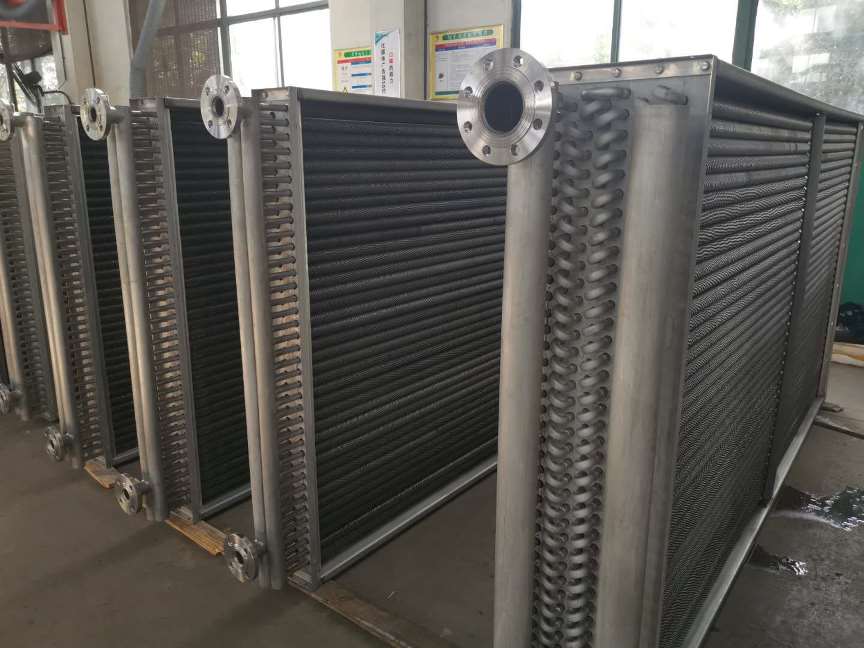Insufficient capacity of finned tube heat exchanger
Insufficient capacity of a finned tube heat exchanger
The insufficient capacity of a finned tube heat exchanger refers to its inability to provide the desired level of heat transfer or heating performance. Several factors can contribute to this issue:
1. Low pressure or temperature on the hot side: When the pressure or temperature of the fluid on the hot side of the tubes is too low, it results in insufficient heat transfer. One noticeable symptom is that the temperature of the air on the cold side approaches the temperature of the hot side.
2. Insufficient flow rate on the hot side: If the flow rate of the fluid on the hot side is too low, it hampers the heat transfer process. This can be identified by a significant temperature difference between the inlet and outlet of the hot side.
3. Uneven flow distribution in parallel heat exchangers: In cases where multiple finned tube heat exchangers operate in parallel, an uneven flow distribution can occur. This leads to inconsistent temperatures at the inlet and outlet of each hot side, affecting overall heat transfer capacity.
4. Degradation of heat transfer performance over time: The heat transfer performance of finned tube radiators may deteriorate with usage. Over time, factors such as fouling, accumulation of dirt or debris, and damage to the fins can decrease heat transfer efficiency.
5. Installation and design issues: If the finned tube heat exchanger is not installed and configured correctly, it may fail to achieve its intended design effect. Proper pipeline connections, correct positioning of the inlet and outlet nozzles, and effective insulation measures are crucial for optimal performance.
To address the insufficient capacity of a finned tube heat exchanger,
1. Consult the manufacturer: If feasible, contact the manufacturer to determine the design pressure and allowable temperature range. Increasing the temperature or pressure of the finned tube radiator inlet within the specified limits may enhance its capacity.
2. Increase fluid flow rate: Adjusting the flow rate on the hot side by modifying pump settings or optimizing system parameters can help improve heat transfer efficiency.
3. Ensure uniform flow distribution: Properly balance and regulate the flow distribution among parallel heat exchangers to ensure consistent temperatures at the inlet and outlet of each hot side.
4. Maintenance and cleaning: Regularly inspect the heat exchanger for dirt accumulation, fouling, or damaged fins. Clean the tubes and fins to remove any deposits or debris that hinder heat transfer.
5. Proper installation and design: Verify that the finned tube heat exchanger is correctly installed, including accurate placement of inlet and outlet nozzles. Ensure the insulation measures are effective to minimize heat loss.
6. Address gas accumulation: Eliminate excess gas in the pipes to maintain proper operation of the heat exchanger, ensuring efficient heat transfer.
By implementing these treatment methods, the capacity and performance of the finned tube heat exchanger can be improved, enabling it to meet the desired heating requirements effectively.


